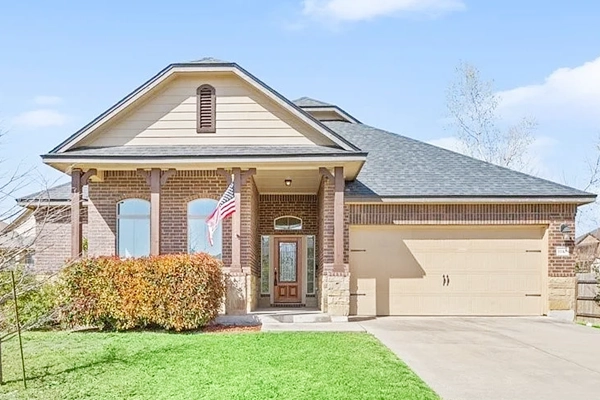Let’s Explore Your Selling Options. We will help you sell your home at the price and terms you want. Free Selling Strategy Call
If you want to find the perfect home for both you and your pet, I have seven great tips that can help.
Selling a home? Click here for a FREE Home Value Report
Many of us have pets we love and care for, but finding a house that fits both your family and your pet(s) can be a challenge. Here are seven tips that will help you find a home that fulfills both sets of needs:
1. Be aware of the local pet laws. In different neighborhoods, there are different HOA restrictions and rules that may outlaw certain breeds of pets or certain pets in general. Look over those restrictions and rules before putting a contract in place just to make sure there aren’t any that might cause an issue for you and your pet.
2. Know the yard and fence situation of the house you want to buy. Some neighborhoods will require a certain type of fencing. If your home is in a neighborhood that requires wrought-iron fencing, for example, that could cause an issue as far as keeping your pets contained. You might also encounter a neighborhood that doesn’t permit fencing.
3. Make sure your property has room for your pets to be able to get out and roam. This usually means having a big enough yard for them to be able to run around in.
4. Make sure your home doesn’t back up to or border a major road. One of the worst things that can happen for a pet owner is a dog getting out and running into a busy road. A house that backs up into a green space can also be an issue, depending on what type of pets you have. Here in Texas, if your home backs up to a green space, you may encounter certain animals that would prey on your pets.
5. Choose a house that has pet-friendly floors. National flooring expert Debbie Gardner suggests having solid hardwood floors because they can stay in good condition for a long time and you can reseal and restain them if they endure any damage. As far as hardwood floors go, I would personally suggest using a more distressed wood type so if and when your pets scratch the floor, it adds to the character instead of making it look out of place. Stained concrete and tile both work great for pets as well, especially if they’re sealed. The one type of floor that doesn’t mix well with pets is carpet because it traps pet odors and will show any stains they make.
6. Pay attention to the floor plan. Some floor plans are very restrictive, so make sure you choose a house with a floor plan that will allow enough room for both you and your pets to move around without constantly being in each other’s way.
7. Make sure your pets can handle the home’s stairs. Some pets have trouble with stairs, especially if they’re older. Having a carpeting stretch going up and down the stairs can make it easier for pets like that.
If you have any questions about finding a pet-friendly home or you have any other real estate questions you’d like to ask me, don’t hesitate to reach out to me. I’d be glad to help.
-
Let’s Explore Your Selling Options. We will help you sell your home at the price and terms you want. Free Selling Strategy Call
-
What’s Your Central Texas Home Worth?. Know the value of your property for a cash offer or traditional listing. Free Home Value Report
-
Looking for a Central Texas Home?. Search the entire MLS for your Central Texas home. Search the MLS
-
Free Real Estate Newsletter. Get our latest Q&A, insights, and market updates to make smarter decisions. Subscribe Now








